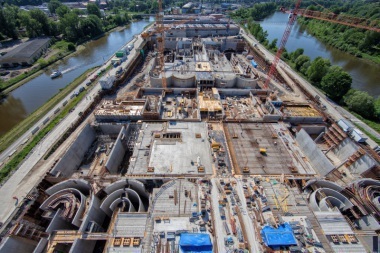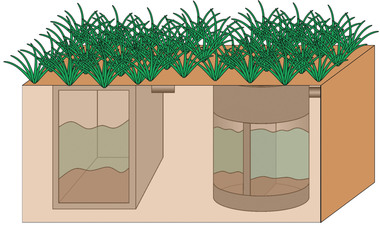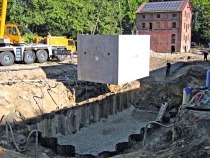Technologies and testing procedures
Progressive soil sealing combined with an increasing occurrence of heavy rainfall events represents an enormous challenge for urban drainage. In addition, a significant proportion of the pollution of watercourses is due to the discharge of polluted rainwater, especially from traffic surfaces. This is in opposition to the objectives of the EU Water Framework Directive (WFD), which calls for improving the water quality. If one additionally considers the requirement of the German Water Resources Act for the local infiltration or discharge of rainwater, then alternatives to central treatment measures as they are used, for example, in the form of rainwater retention basins or retention soil filters must be considered. Decentralized rainwatertreatment plants represent such an alternative. They are used where the rainwater accumulates and can also be realized in restricted space conditions. These plants are intended to retain pollutants such as heavy metals, mineral oils or polycyclic aromatic hydrocarbons (PAHs).
The wastewater treated in this way is then suitable for local infiltration. The correct operation and functionality of these plants must, however, be guaranteed by the manufacturer. In addition to the environmental sustainability of the filter materials, the plant must demonstrate its capacity to retain substances under laboratory conditions and the colmation behavior of filter substrates under freeze-thaw influence. The requirements on the treatment plants are specified in more detail in the relevant approval guidelines of the Centre of Competence for Construction (Deutsches Institut für Bautechnik; DIBt) which ensures the uniform processing of applications for a general national technical approval for “Plants for the decentralized treatment of wastewater from traffic areas for subsequent infiltration in soil and groundwater“. The high requirements placed on the increasingly common decentralized rainwater treatment plants enable a further contribution to be made to implementing the WFD.






